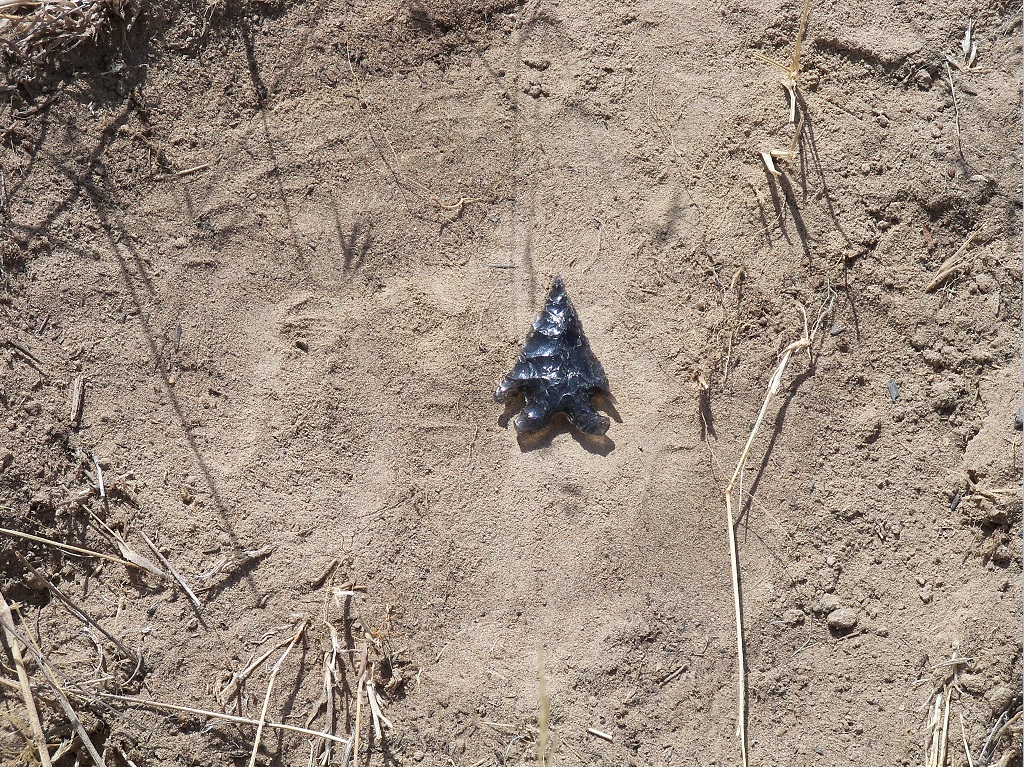 The Department of State Lands is committed to protecting cultural resources—objects and places associated with people from the past. Cultural resources are a crucial part of the Department’s natural resource and conservation planning. They provide meaning and connection for groups that have historically called this land home. If these resources vanish, their story, a part of Oregon’s heritage, can never be told. DSL works side by side with the Tribal governments of Oregon, the State Historic Preservation Office, state and federal agencies, lessees, and the public to protect and manage these nonrenewable cultural resources.
The Department of State Lands is committed to protecting cultural resources—objects and places associated with people from the past. Cultural resources are a crucial part of the Department’s natural resource and conservation planning. They provide meaning and connection for groups that have historically called this land home. If these resources vanish, their story, a part of Oregon’s heritage, can never be told. DSL works side by side with the Tribal governments of Oregon, the State Historic Preservation Office, state and federal agencies, lessees, and the public to protect and manage these nonrenewable cultural resources.
Management and coordination around cultural resources is led by DSL's archaeologist. Impacts to cultural resources are avoided by reviewing proposed ground-disturbing activities on Oregon-owned lands and waterways and in the territorial sea. DSL's archaeologist also evaluates applications for authorizations to use Oregon-owned lands and waters and provides cultural resource evaluations for agency land sales and exchanges.
Oregon's Cultural Resource Laws and Rules
Three core state laws protect archaeological sites and artifacts on private lands and on nonfederal public (state, county, city) lands:
Rules for obtaining archaeological permits are provided in
OAR 736-051-0090
Cultural resources are the physical, cultural remains of past human activities and events. They may include pottery, tools, weapons, household items, jewelry, clothing, historic dumps, dwellings, structures, rock art, and firepits.
Cultural resource management refers to the actions archaeologists and cultural heritage managers take to protect and preserve endangered cultural resources in a fair and ethical manner.
Types of cultural resources that may be managed include:
- archaeological sites,
- oral histories,
- old buildings,
- artifacts,
- traditional cultural properties and landscapes,
- religious and spiritual centers, and
- other cultural indicators of past human events and activities.
An
artifact is a single item or object that was manufactured or created by a person from the past or as a byproduct of their activities. Artifacts may include stone tools, chipped stone flakes, contents of a shell mound or midden, pottery fragments, old coins, bottles or tin cans, historic refuse, or parts of an old shipwreck.
On private lands and nonfederal public lands (state, city, county) in Oregon, an archaeological site is any location with physical remains or artifacts (10 or more) that are at least 75 years old and are products of past human events or activities. This may include a small scatter of obsidian flakes, historic cans and bottles, a feature such as a cliff or boulder with designs painted or engraved on the surface (pictographs or petroglyphs), or a pioneer homestead or log cabin.
If you believe you have found an archaeological site or artifact,
leave it where it is. Do not move or collect the artifact. While it is compelling to pick up or collect an artifact, it is best to leave them where they are found. In Oregon, there are laws that protect archaeological sites, so it is important not to disturb them.
The
Oregon State Historic Preservation Office helps to preserve the state's heritage by evaluating projects for their potential impacts on cultural resources; educating the public and professionals on cultural resource laws and regulations; advising government agencies on cultural resource issues, surveying, identifying, and nominating historic properties for the National Register of Historic Places; and administering databases of cultural resources. DSL submits project reports to SHPO for concurrence and consults with the office on strategies to mitigate the impact of projects.
Partners in Cultural Resource Protection
Long before Oregon’s statehood in 1859, native people in Oregon lived on this land from time immemorial. Today, as in the past, the lives of Native Americans are eloquently and profoundly expressed through their languages, traditions, oral histories, songs, and art. From the coastal shores to the mountains, from the valley floors to the high deserts and upland plateaus, Native Americans have been and always will be the first guardians and stewards of the land we now call Oregon.